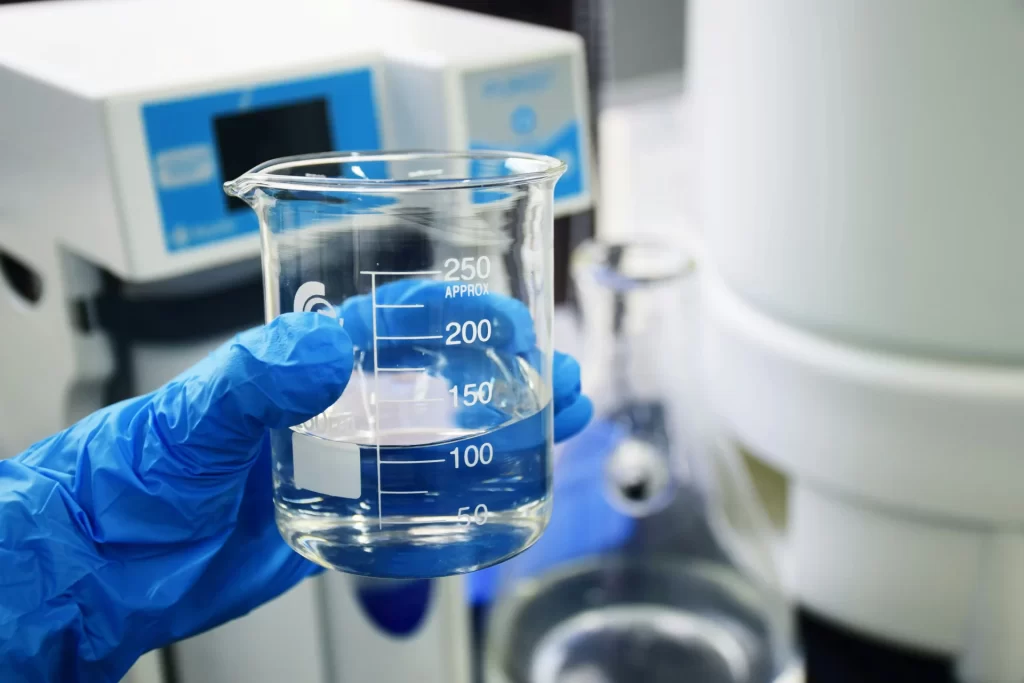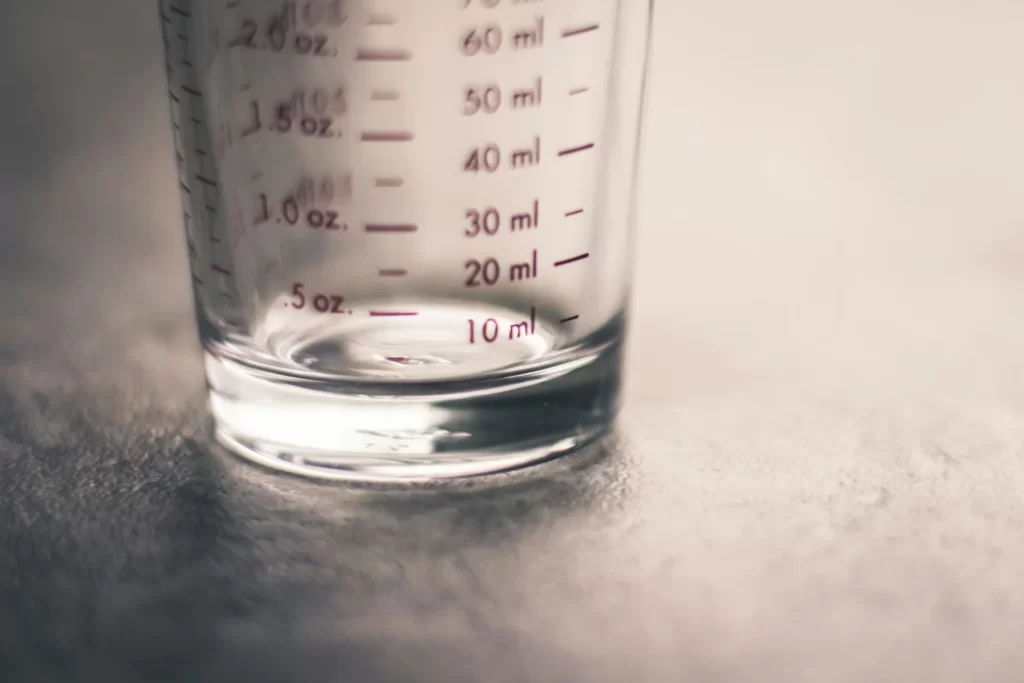
Enhancing the water solubility of peptide sequences is a critical aspect of peptide-based therapeutic development and biochemical research. This article explores various strategies and scientific insights into making peptides more water soluble.
Key Takeaways:
- Water solubility of peptides is influenced by their amino acid composition and sequence.
- Incorporating hydrophilic amino acids can significantly enhance solubility.
- Peptide modifications and the use of solubility-enhancing agents are effective strategies.
Understanding Peptide Solubility
The Importance of Solubility
Water solubility is crucial for the biological function and therapeutic application of peptides. Soluble peptides are more bioavailable and easier to handle in laboratory settings.
Testing Solubility
When initially testing solubility, trying distilled water first is almost always a great initiative.
It is recommended to test the solubility of a small portion of the sample rather than dissolving the entire sample and to choose an initial solvent that can be easily removed by lyophilization. This allows easy recovery of the peptide from the solvent.
Factors Affecting Solubility
The solubility of peptides depends on various factors, including the amino acid composition, sequence, peptide length, and the presence of hydrophobic or hydrophilic residues.
Strategies for Enhancing Solubility
Incorporating Hydrophilic Amino Acids
Introducing hydrophilic amino acids like lysine, arginine, and glutamic acid can make peptides more water soluble.
Sequence Optimization
Modifying the sequence and length of the peptide can also impact its solubility. Shorter peptides with optimized sequences tend to be more soluble.
For more insights into peptide solubility, consider the study by Asuka Inada et al. on the water solubility of complexes between a peptide mixture and poorly water-soluble drugs (read more).
Peptide Modifications
N-terminal Acetylation and C-terminal Amidation
These modifications can shield the peptide from enzymatic degradation and enhance solubility.

Use of Solubility-Enhancing Tags
Attaching solubility tags like polyethylene glycol (PEG) can significantly improve the solubility of peptides.
Computational Approaches
Molecular Dynamics Simulations
Advanced computational methods like molecular dynamics simulations can predict the solubility of peptides based on their structure and composition.
Machine Learning Algorithms
Machine learning algorithms can analyze large datasets to predict and optimize peptide solubility.
For further reading on peptide solubility, explore the research by Yan Jiao et al. on zein-derived peptides as nanocarriers to increase the water solubility and stability of lutein (read the study).
Practical Considerations
pH and Ionic Strength
Adjusting the pH and ionic strength of the solution can significantly influence peptide solubility. Peptides tend to be more soluble at pH values away from their isoelectric point, or neutral pH levels as well.
Determining the overall charge of a peptide will greatly assist in assessing the solubility, LifeTein has a comprehensive guide on how to find the charge.
Temperature
Temperature can also affect solubility. In some cases, increasing the temperature can enhance the solubility of peptides.
Frequently Asked Questions
- How do amino acid properties affect peptide solubility?
- Amino acids with hydrophilic side chains increase solubility, while hydrophobic ones decrease it. Overall charge will affect solubility as well.
- Can peptide length influence its solubility?
- Yes, shorter peptides generally have higher solubility.
- Are there chemical modifications that can enhance peptide solubility?
- Yes, modifications like N-terminal acetylation, C-terminal amidation, and the addition of solubility tags can improve solubility.
For additional insights into peptide solubility, consider the study by R. Sarma et al. on peptide solubility limits and backbone interactions (read the study).
Inada, A., Wang, M., Oshima, T., & Baba, Y. (2016). Water Solubility of Complexes between a Peptide Mixture and Poorly Water-Soluble Ionic and Nonionic Drugs. In Journal of Chemical Engineering of Japan (Vol. 49, Issue 6, pp. 544–551). Informa UK Limited. https://doi.org/10.1252/jcej.15we313
Jiao, Y., Zheng, X., Chang, Y., Li, D., Sun, X., & Liu, X. (2018). Zein-derived peptides as nanocarriers to increase the water solubility and stability of lutein. In Food & Function (Vol. 9, Issue 1, pp. 117–123). Royal Society of Chemistry (RSC). https://doi.org/10.1039/c7fo01652b
Sarma, R., Wong, K.-Y., Lynch, G. C., & Pettitt, B. M. (2018). Peptide Solubility Limits: Backbone and Side-Chain Interactions. In The Journal of Physical Chemistry B (Vol. 122, Issue 13, pp. 3528–3539). American Chemical Society (ACS). https://doi.org/10.1021/acs.jpcb.7b10734